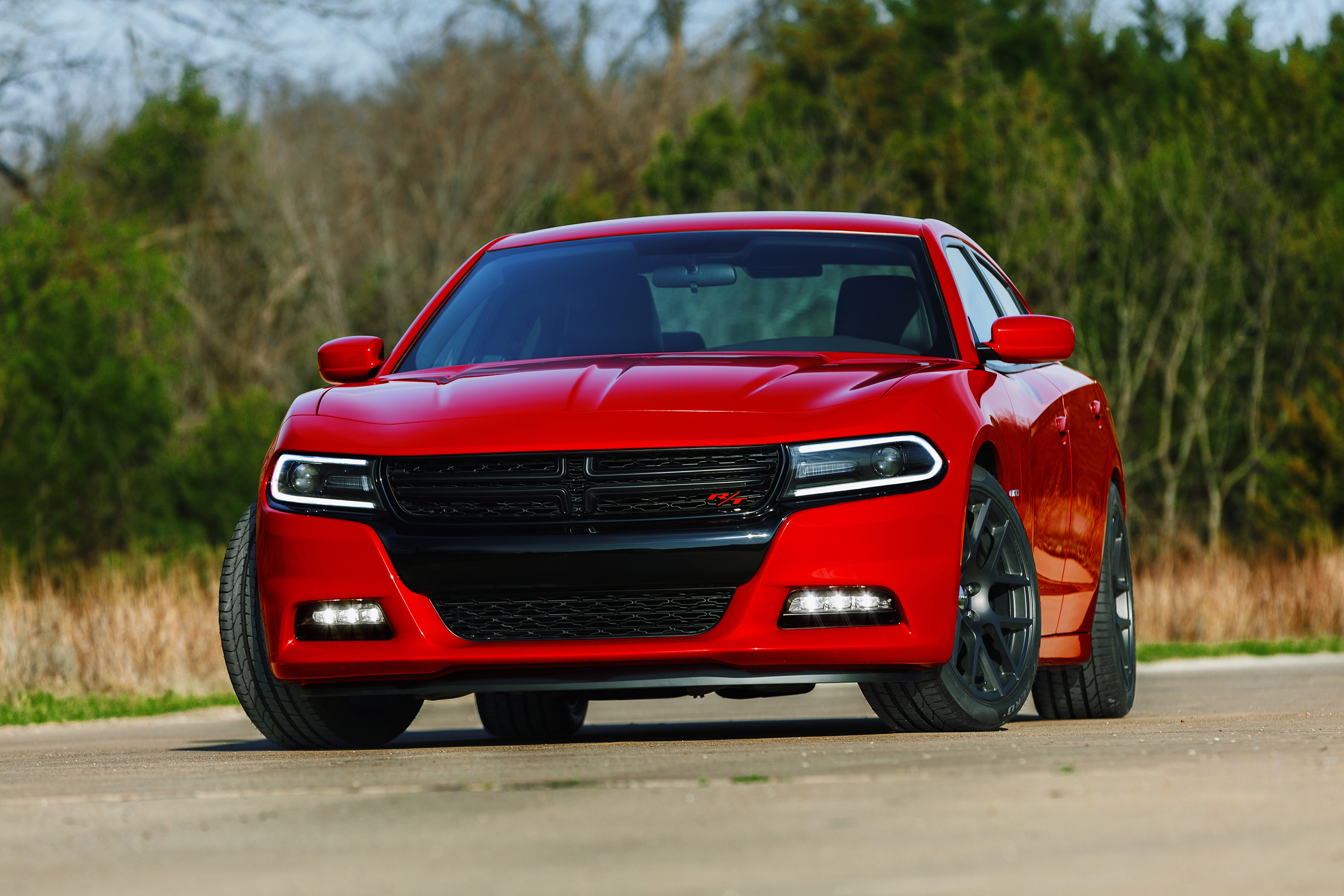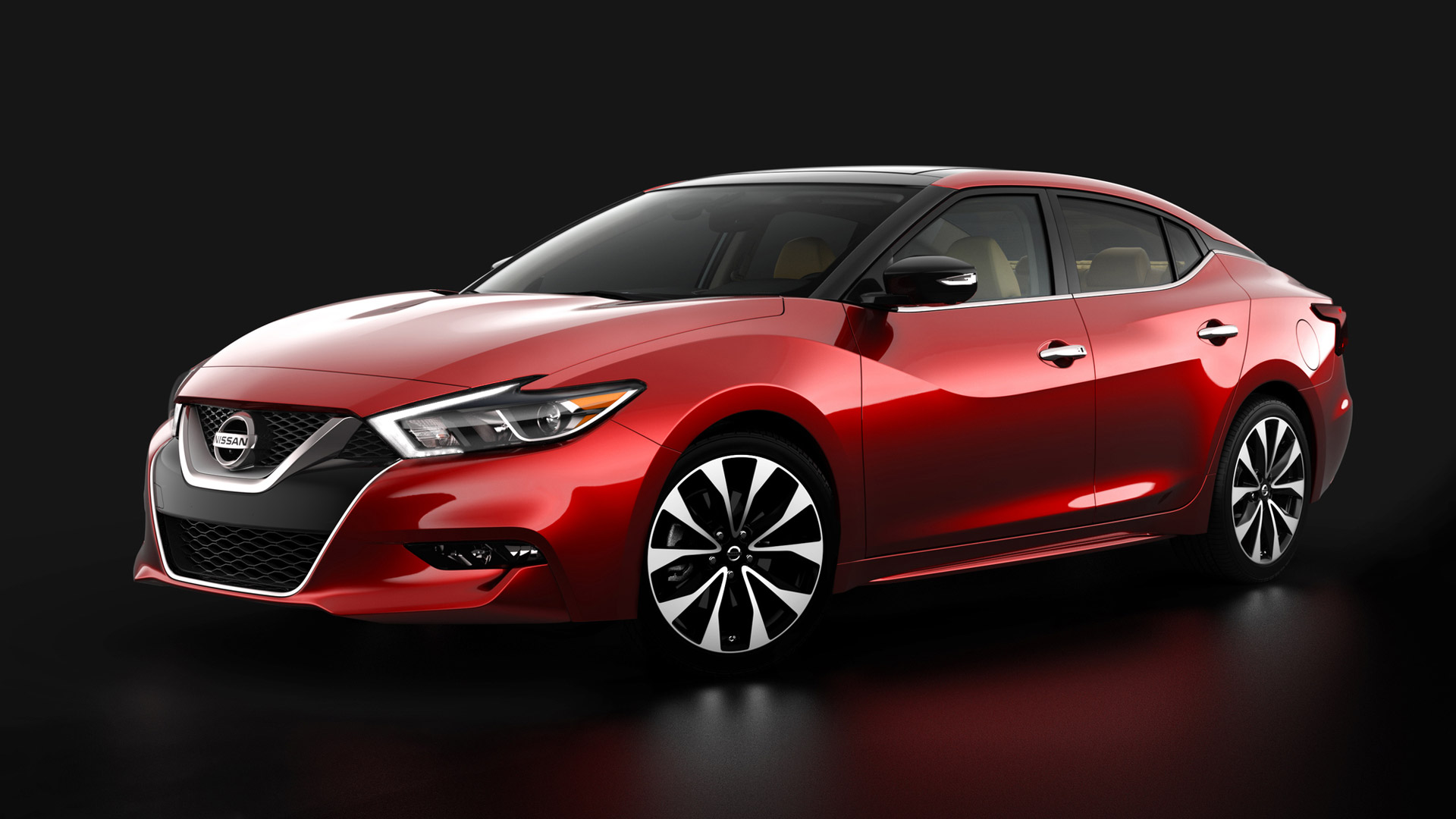
The non-premium Large segment in the US is one that has pretty much been abandoned by mainstream manufacturers in Europe, where it once comprised of cars like the Citroën XM/C6, Ford Scorpio, Opel Omega or Renault 25/Vel Satis. In the US, on the other hand, carmakers continue offering cars that are usually based on larger versions of the FWD platforms that underpin their mid-sized sedans, though a few models are actually a unique RWD design (Chrysler 300/Dodge Charger, Chevrolet SS). The cars are usually bought by older customers who appreciate larger, easier-to-access interiors, but don’t need the higher price and sporty pretensions that usually come with cars in the Premium Large segment.

Not all is well with the segment, though, as sales fell 18% compared to the same period in 2014, the largest fall from among all the segments. With sales totaling little over 230,000 in H1 2015, the Large segment is now less than a fifth the size of the Mid-sized segment. Chevrolet Impala remains the market leader, offering a nice mix of style and substance that was deemed so successful that it served as inspiration for the incoming Malibu younger brother. However, with sales falling by 26% it may not remain top dog for much longer – less than 10,000 units behind is the Dodge Charger, the only model whose sales grew year-on-year, as consumers clearly liked the aggressive 2015 facelift and the halo effect of the 700HP+ (!) Hellcat model. In fact, the Charger not only outsold its Chrysler 300 cousin (#5) by over 2-to-1, it actually outsold the smaller Dodge Dart over the first half of 2015, giving you a sense of how popular the car is.
In #3 is the Toyota Avalon, once the market leader and still, arguably, one of the better looking cars Toyota offers in the US right now – more adventurous-looking than the conservative Corolla, more cohesive than the Camry. The Avalon actually took over the bottom step of the sales podium after the aging Ford Taurus, whose sales fell by 28% compared to last year. Clearly the new Fusion-inspired replacement can’t come quickly enough.


In sixth spot is the Buick LaCrosse, the car that started the recent revival of the Buick brand and, despite being ripe for a replacement (it came out in 2010) it still performed reasonably well, with sales down 18% just like the segment on average. Behind it in #7 was the Nissan Maxima, a car whose newest generation went on sale towards the end of H1 2015, meaning the outgoing model accounted for most of the sales, as well as the 38% drop year-on-year. The next half-year period will be a much better gauge of whether the new model can regain some of the sales success enjoyed by the car in the past.
Languishing uncharacteristically low are the Hyundai Azera (#8) and Kia Cadenza (#9). It’s not only surprising to see the much-younger Kia being outsold by its aging Hyundai cousin, but also to see its sales drop 39% compared to this period last year – the largest drop in a segment that’s already not doing very well. And speaking of not doing very well, the charts are closed off by the Chevrolet SS, a car that just does not seem to connect with buyers in the US. Widely considered one of the “best cars no one buys”, the SS is essentially the Holden Commodore SS V / Vauxhall VXR8.


